Rating of the best liquid thermal insulation for 2020
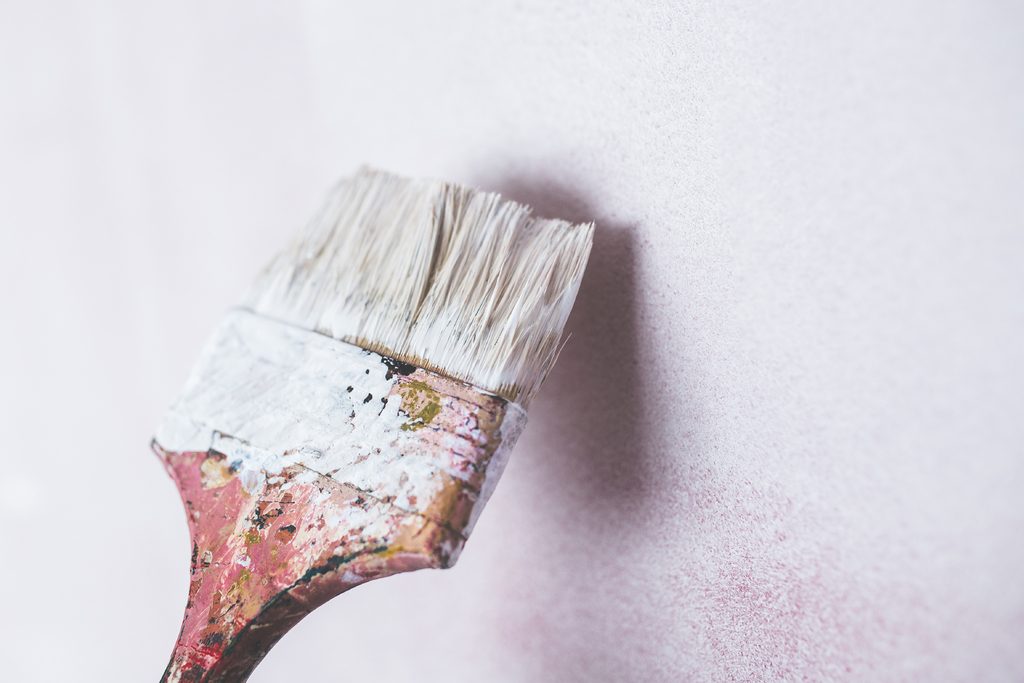
Building a house is not easy. And here it is not only about choosing a suitable site, drawing up a house plan and building walls. It is important to make your home warm and cozy. The choice of material for thermal insulation is an important component of construction. If earlier it was easier to make a choice, because the assortment was not so great. Now technologies have taken a step forward, replacing the old method with a replacement in the form of liquid thermal insulation.
What is liquid insulation
Liquid insulation, or as it is also called heat paint, is one of the types of insulation that is often used to insulate walls, pipes, roofs, and facades. By its consistency, this material resembles mastic or sour cream. Such insulation is applied in several thin layers, before applying a new layer, you must wait until the previous one is completely dry. After drying, each layer will resemble foam, this reaction occurs due to contact with air.
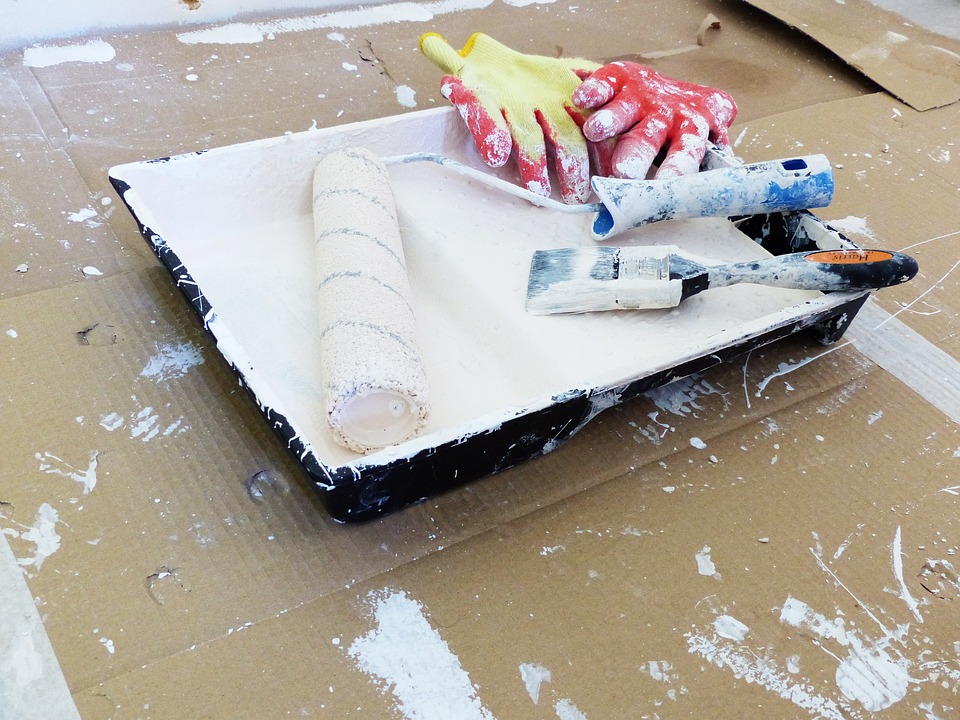
The base of the heat paint is usually made of acrylic, as well as various additives in the form of microspheres of ceramics, glass or silicone. A certain type of additive is suitable for its application. Due to the presence of spheres that contain air, heat is reflected. The presence of acrylic guarantees the durability of liquid thermal insulation.
Types of liquid thermal insulation
Liquid insulation can be divided into two large groups. The first group of products includes heaters, which are warm paints, and the second group - heaters with a foam filler. Let's take a look at the features of each group.
- Warm paint
When applied, the heat paint forms a film that has thermal conductivity. This is provided by its structure, which contains various fillers. The method of its application is quite simple and does not differ from coating with ordinary paint. But one layer will not be enough, because it can easily wear off or be destroyed by the environment. Therefore, a good thermal effect requires at least 10 coats of paint. Such insulation is applied to any surface, does not require additional skill and anyone can cope with it. It is best to wear protective masks when working inside a building. The paint dries quickly enough, but several layers are required and during the entire process of work you can breathe in the chemicals that make up the paint, which can adversely affect your health.
- Foam insulation
In appearance they resemble polyurethane foam. The basis of such thermal insulation is composed of a polymer, which forms a dense material upon contact with air.It is applied with the help of special spray guns, when applied it seems liquid, but due to its high density it quickly adheres to the material. After 30 minutes after application, it begins to form a light crust, and after a few hours it begins to harden. This type of insulation is often used by construction companies; it does not have a negative impact on health.
Rules for applying liquid thermal insulation
Wall insulation
For wall insulation with liquid materials, insulation with ceramic components is more suitable. Liquid ceramic insulators with a water base are ideal for interior wall covering, and for external facades, the option with a lacquer base is suitable. With the help of such material, you can easily insulate hard-to-reach places and do the work yourself.
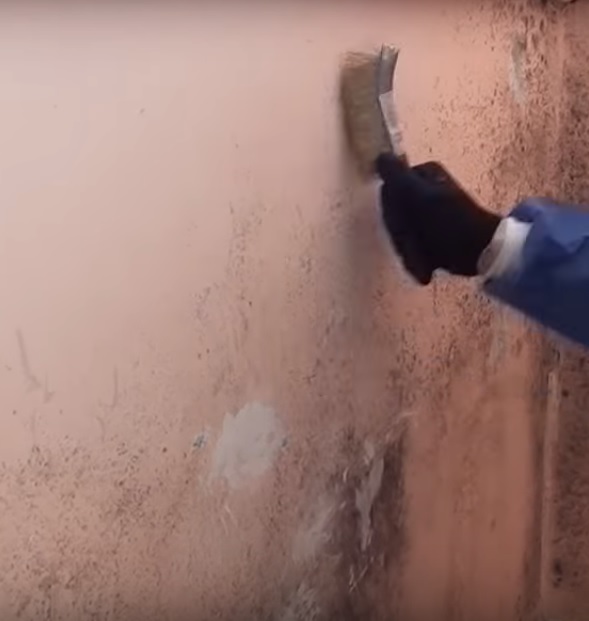
Before starting work, prepare the surface. To do this, you need to remove all irregularities and, if necessary, plaster using a dry gypsum mixture. Then you need to apply a primer. When the wall is fully prepared, you should start mixing liquid insulation. Mix it immediately prior to application and follow the manufacturer's instructions. The heat paint is applied in several layers, it is allowed to form a new layer after the previous one has completely dried. Also, the paint layer should be about 1 mm thick. The number of layers depends on the material and wall thickness. You can apply the product with a foam roller or spray, then there will be a uniform coverage.
For external wall insulation, it is necessary not only to level the surface, but also to get rid of mold and mildew, and then treat it with a special antiseptic. After that, the wall is primed. When the primer is dry, you can start the thermal insulation. The weather during work should be warm, in the presence of wind, rain, it is prohibited to apply heat paint. The layer of applied paint should be no more than 1 mm. It is recommended to use a brush or a spray gun in the work. Each layer dries for about 24 hours. Complete drying of the finish coat depends on the number of coats applied.
Insulation of floors
To reduce heat loss, it is allowed to insulate floors using liquid thermal insulation; this option is perfectly combined with a warm floor system. But this method can be used in rooms where there is no floor heating.
Before starting work, you should clean up dust and dirt, remove all irregularities. Then a primer is applied in the form of an acrylic impregnation. After it is completely dry, you can apply thermal paint. It is best to use a spray gun here. It must be kept at a distance of 50 cm from the floor, working at the same angle. Then the paint will be evenly distributed over the entire area of the floor.
Insulation of pipes
Liquid thermal insulation is used to insulate pipelines in the gas and oil industry, as well as for water supply pipes. This coating reduces heat loss, as well as provides protection against chemical and mechanical stress. For this, a special line of heat paints is produced for pipes.
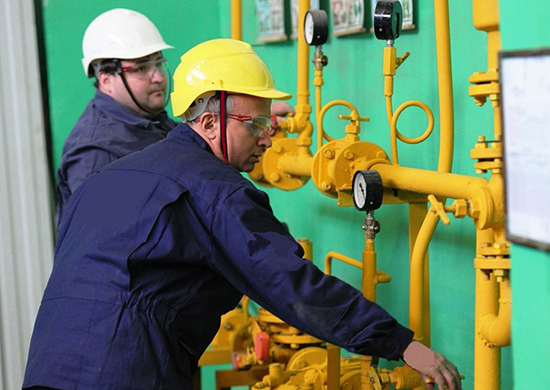
Before starting work, remove dirt and rust, then prime the pipe. After the primer has completely dried, you can start the warming process. Ceramic heat paint is applied with a brush or a special spray gun. It is necessary to apply about 5 coats, each coat dries in about 4-5 hours. After that, the pipe is covered with special enamel.
Selection rules
First of all, you should decide on the place of applying the warm paint. Usually, the can with the product is marked by the manufacturer. Look carefully at what surface this product can be applied to.
Examine the contents of the jar carefully. It should be uniform, there should be no plaque or any inclusions. It is desirable that the color be white, but light shades of gray or beige are allowed. Otherwise, the product will not meet the declared qualities.
The density of the product should not be overlooked.A low indicator of this criterion will give a large heat transfer. In addition, you should familiarize yourself with the service life and interaction with external indicators of the environment. For example, ultraviolet light, fire or water.
Not all liquid thermal insulation is easy to apply. Make sure that the product meets not only the required protection and density, but also is convenient to use.
Since there are a large number of manufacturers of this insulation on the market, it is better to give preference to a time-tested brand. So you can be sure of the quality and reliability of the purchased product.
The best liquid thermal insulation
AKTERM Concrete ™

It is an ultra-thin liquid thermal insulation based on water dispersion. Suitable for:
- insulation of basements, loggias and balconies;
- insulation of facades and joints between panels;
- insulation of "breathing" concrete, brick and lime surfaces;
- protecting the floor and walls from freezing;
- internal wall insulation;
- insulation and insulation of slopes on the windows.
Used instead of foil in floor heating systems.
Consumption of liquid thermal insulation - 1l / 1m2, if applied in a layer of 1 mm. By the way, overspending is allowed if the surface is too porous. Before using AKTERM Beton ™, experts advise to first apply an acrylic primer to the surface. The color after complete drying is white.
The coating dries at room temperature - 24 hours. After that, decorative plaster is applied, wallpaper is glued, or the surface is painted with decorative water-based paint. When the insulating layer is dry, the coating will withstand temperatures from -60 to +150 degrees Celsius.

AKTERM Beton ™ is applied in a millimeter layer at a plus temperature of 7-45 degrees Celsius. If the surface area to be treated is small, then experts recommend using a brush or spatula to apply liquid thermal insulation.
For the treatment of large rooms, experts advise the application of liquid thermal insulation by means of airless spray units. AKTERM Beton ™ is produced in plastic buckets with a volume of 2.5, 10 and 20 liters.
The average cost for 10 liters is 3,550 rubles.
- the material does not exfoliate, even if stored for a long time;
- liquid insulation is immediately ready for use (there is no need to mix the material with anything else);
- dries in half an hour to the point of touch;
- in small rooms, it is applied with a roller, spatula or brush;
- there are no organic substances and volatile components in the composition - the material is fireproof and non-toxic.
- not detected.
Armor Station wagon
Liquid ceramic thermal insulation "Bronya Universal" is suitable for thermal insulation of metal, wood, concrete, plastic coatings. This tool has found wide application in the insulation of various pipelines. It is used for thermal insulation of water supply, heat pipelines, ventilation ducts, furnaces, various containers or tanks. It is also applied to eliminate the formation of condensation.

The recommended application layer is 0.5 mm, drying between each layer should be at least 24 hours. The product is applied with a brush, a special spray gun or a spatula. If Bronya Universal is applied with a thickness of 1 mm, then the consumption is 1 liter per 1 sq. M. you should also take into account the possible overrun, which can be up to 30%. This parameter depends on the application method and skill level.
Work with this heat-insulating material should be carried out at a temperature not lower than +5 degrees. If the work is carried out indoors, then the temperature regime there should be + 7- + 120 degrees. If "Bronya Universal" is applied to a surface whose temperature is higher than +60 degrees, then the agent must be diluted with water in a ratio of 1 to 1. After the thermal insulation has completely dried, the room can be operated in a temperature regime of -60- + 120 degrees.
This thermal insulation product can be purchased in 5, 10 and 20 liter plastic buckets. It is also produced in two versions: low-flammable and non-flammable.
The average cost of a low-combustible option for 5 liters is 1500 rubles, and a non-combustible one is 1600 rubles.
- Suitable for all surfaces;
- A small percentage of cost overruns;
- Convenient application;
- Produced in two groups according to the degree of flammability.
- Not suitable for use at temperatures above 140 degrees.
Armor Nord
A distinctive feature of this liquid insulation from the Bronya company is the ability to apply at negative air temperatures. The minimum allowable application temperature is 35 degrees. Bronya Nord is suitable for thermal insulation of any surfaces, including plastic, wood, brick and metal.
The manufacturer recommends applying Bronya Nord with a brush, roller or spray. The applied layer should be no more than 1 mm. Drying between layers should be at least 24 hours. Consumption for this application will be equal to 1 liter per 1 sq. M. Before starting work, this heat paint should be brought into working condition with a solvent.
After complete drying of the thermal insulation, the product can be used. Let's say the temperature range is from -60 to +70 degrees. If the product is planned to be operated at higher temperatures, then you should choose the heat paint "Bronya Zima". After polymerization, this insulation can be operated in temperature conditions from -60 to +90.
Bronya Nord is packed in metal buckets of 10 and 20 liters. Also, this modification of thermal insulation has two degrees of flammability: slightly flammable and non-flammable.
The average cost of a low-flammable version with a volume of 10 liters is 3900 rubles, and a non-combustible one is 4200 rubles.
- A budget option for a warm paint that can be applied at subzero temperatures;
- Has two degrees of flammability;
- Can be applied with any tool;
- Small overspray when applied to large surfaces.
- The product covered with "Bronya Nord" cannot be used at temperatures above +70 degrees;
- Not available in small volumes.
Green Planet Thermal Shield Standard
Liquid thermal insulation "Termoshit" is used to quickly solve insulation problems. "Thermal shield" can be applied to any surface that "does not breathe". For example, glass, plastic, metal, etc. This tool will help to cope not only with thermal insulation, but will also help in the fight against rust, fungus or mold.
Basically "Thermal shield" is used for insulation of pipelines, metal structures, roofs, tanks, as well as for thermal insulation of plastic window frames and refrigeration units.
Consumption of thermal insulation "Termoshchit" is 1 liter per 1 sq.m., when applying a layer of 1 mm This product can withstand 10 cycles of frost resistance. After complete drying, they will retain their properties at temperatures ranging from +5 to +150 degrees.
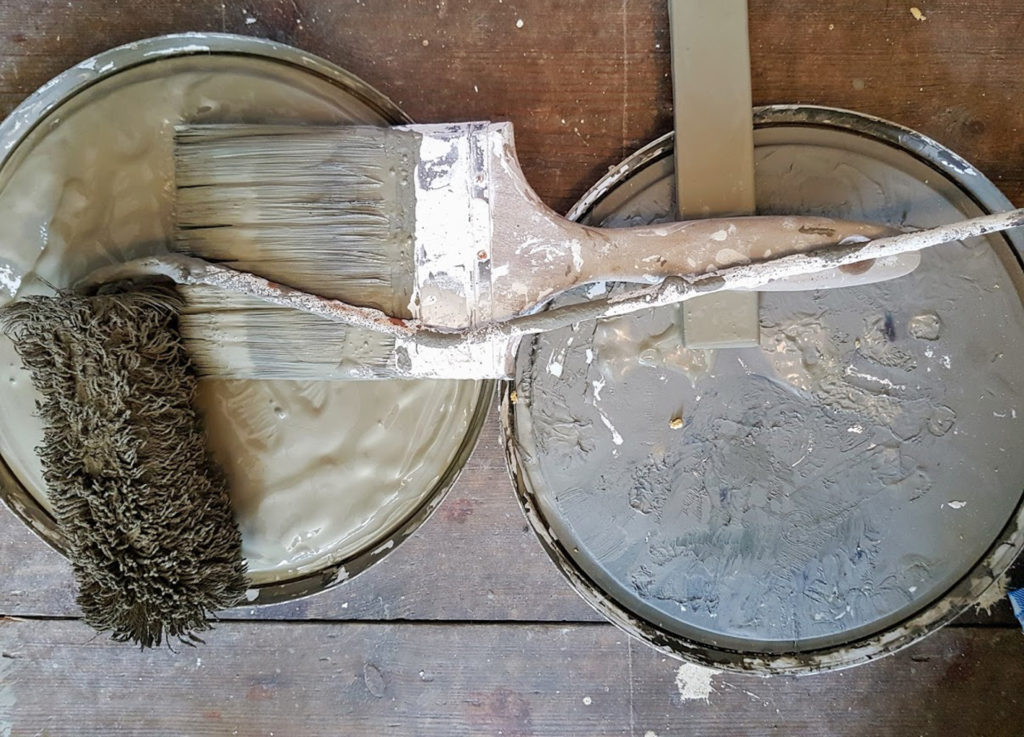
The average cost of a 1 liter bucket is 380 rubles.
- Suitable for application to any surface;
- Does not deteriorate under the influence of the environment;
- Not toxic;
- Not flammable.
- The maximum packing volume is 10 liters.
Magniterm Standard
This insulation of the Magniterm brand is suitable for working with any surface. Usually it is used for thermal insulation of pipes, roofs, walls, and various containers. After complete drying, the surface becomes matte. The materials used in the manufacture of Magniterm Standard are manufactured in France and Sweden. It is also worth noting that, unlike other models of insulation, it has not a water base, but a silicone one.
The ambient temperature when applying Magniterm Standard should be at least +5 degrees. After complete polymerization, the product can be applied in a temperature range from -60 to +200 degrees. Average consumption when applying a layer with a thickness of 1 mm is 0.8 l / m2. Packing is carried out in plastic buckets with a volume of 10 liters.
The average cost is 3300 rubles.
- Silicone base;
- Consumption is less in comparison with analogues;
- It will help to reduce costs during the heating season by 40%.
- It is packed in buckets with a volume of only 10 liters.
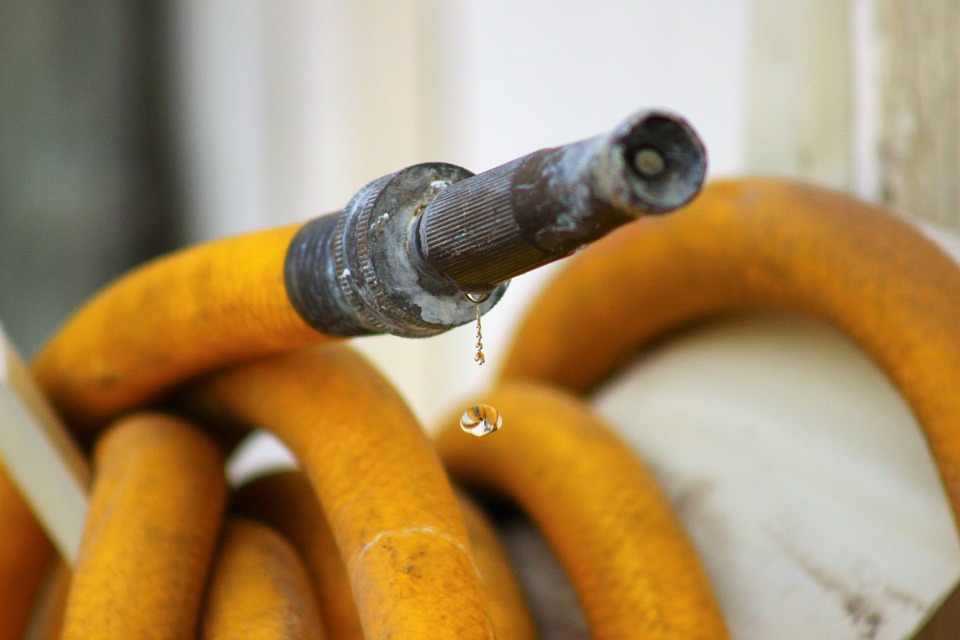
Teploplus
Liquid insulation from the PolymerPromKraska company consists of an aqueous acrylic base with the addition of a ceramic filler. "TeploPlus" is suitable for both indoor and outdoor insulation works. This tool is used to insulate products or structures made of metal, brick, concrete, wood.
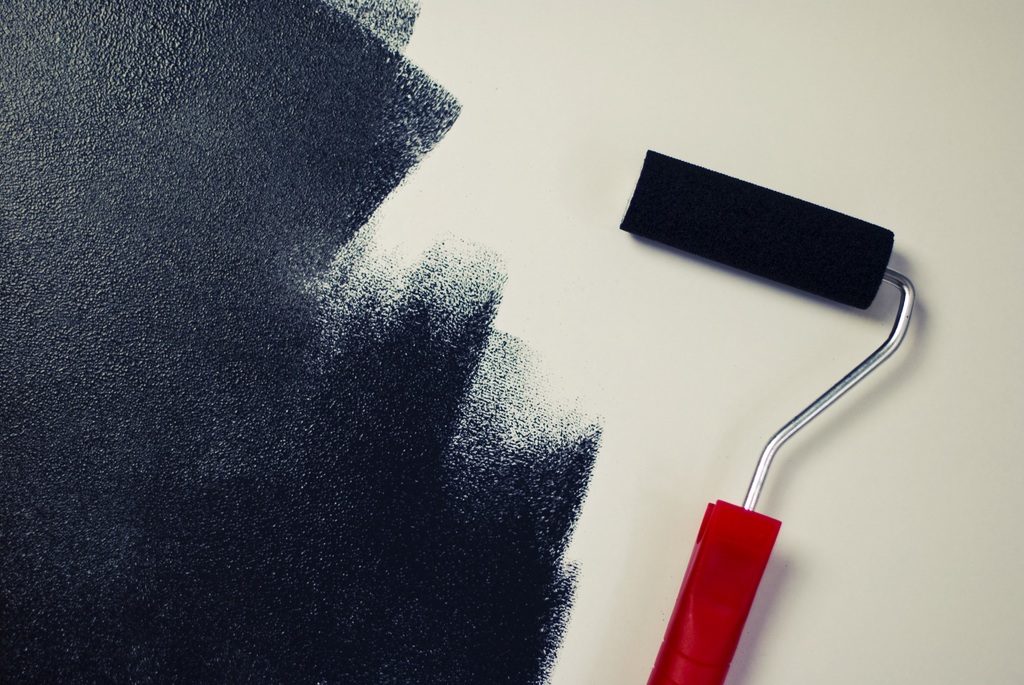
Layer 1 mm thick. corresponds to 50 mm thick mineral wool. after complete drying of the finishing layer, the product can be operated in a temperature range from -60 to +260 degrees. The layer formed by "TeploPlus" thermal insulation will create a thermal barrier, as well as reflect heat, thereby maintaining the set temperature. When applied to pipes, condensation will be prevented and frost protection will appear. Also, the substances that make up "TeploPlus" will protect the surface from the appearance of mold or mildew.
"TeploPlyus" is completely safe for the environment, non-toxic and odorless.
The average cost of "TeploPlus" with a volume of 10 liters is 3000 rubles.
- After coating, the product can be operated in a wide temperature range;
- Odorless;
- Environmentally friendly product;
- Suitable for any coating.
- Not.
Conclusion
When there is a question of choosing an insulation material between heat paint and standard options in the form of glass wool, it is worth considering not only the price of the product. You should also take into account the ease of doing the work, the time spent on the process. In addition, with the help of warm paint, you can easily get to hard-to-reach places. Liquid insulation is packaged in different volumes, which simplifies the purchase of the required amount.
new entries
Categories
Useful
Popular articles
-

Top rating of the best and inexpensive scooters up to 50 cubic meters in 2020
Views: 97661 -

Rating of the best materials for noise insulation for an apartment in 2020
Views: 95022 -

Rating of cheap analogues of expensive medicines for flu and colds for 2020
Views: 91751 -

The best men's running shoes in 2020
Views: 87681 -

Top ranking of the best smartwatches 2020 - price-quality
Views: 85091 -

Best Complex Vitamins in 2020
Views: 84801 -

The best dye for gray hair - 2020 top ranking
Views: 82406 -

Rating of the best wood paints for interior use in 2020
Views: 77202 -

Ranking of the best action cameras from China in 2020
Views: 75269 -

Rating of the best spinning reels in 2020
Views: 74827 -

The most effective calcium supplements for adults and children in 2020
Views: 72463 -

Top rating of the best means for male potency in 2020 with a description
Views: 68296









